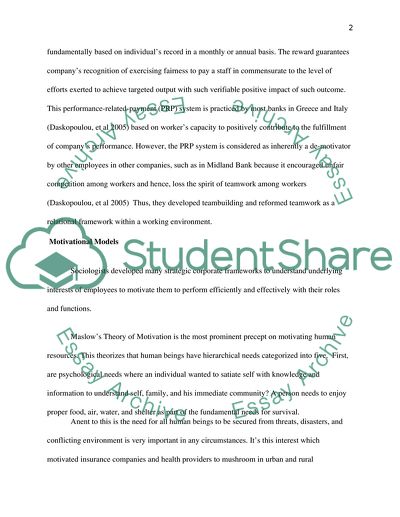Cite this document
(Experiential Reflection on Motivation Research Paper - 1, n.d.)
Experiential Reflection on Motivation Research Paper - 1. Retrieved from https://studentshare.org/social-science/1755776-human-resource-motivation
Experiential Reflection on Motivation Research Paper - 1. Retrieved from https://studentshare.org/social-science/1755776-human-resource-motivation
(Experiential Reflection on Motivation Research Paper - 1)
Experiential Reflection on Motivation Research Paper - 1. https://studentshare.org/social-science/1755776-human-resource-motivation.
Experiential Reflection on Motivation Research Paper - 1. https://studentshare.org/social-science/1755776-human-resource-motivation.
“Experiential Reflection on Motivation Research Paper - 1”, n.d. https://studentshare.org/social-science/1755776-human-resource-motivation.


